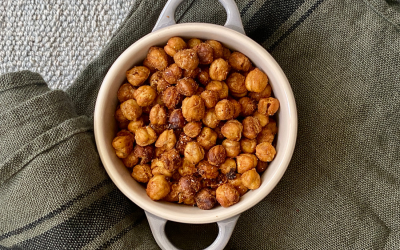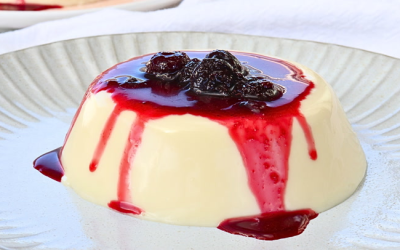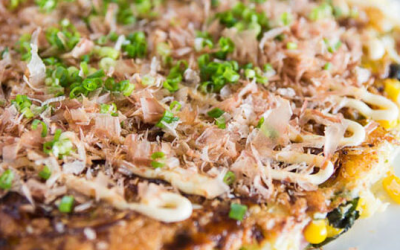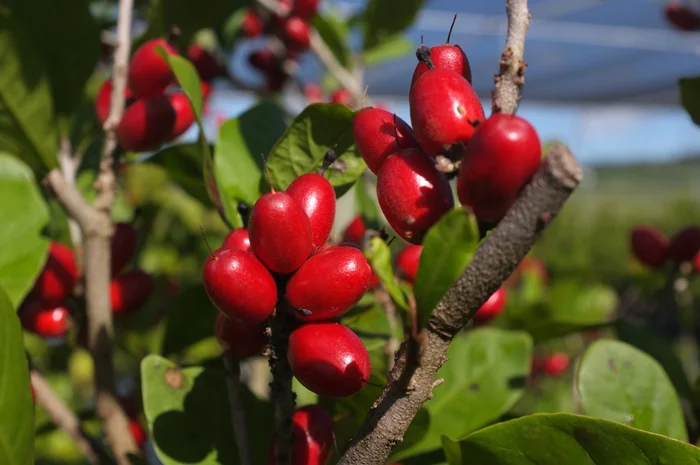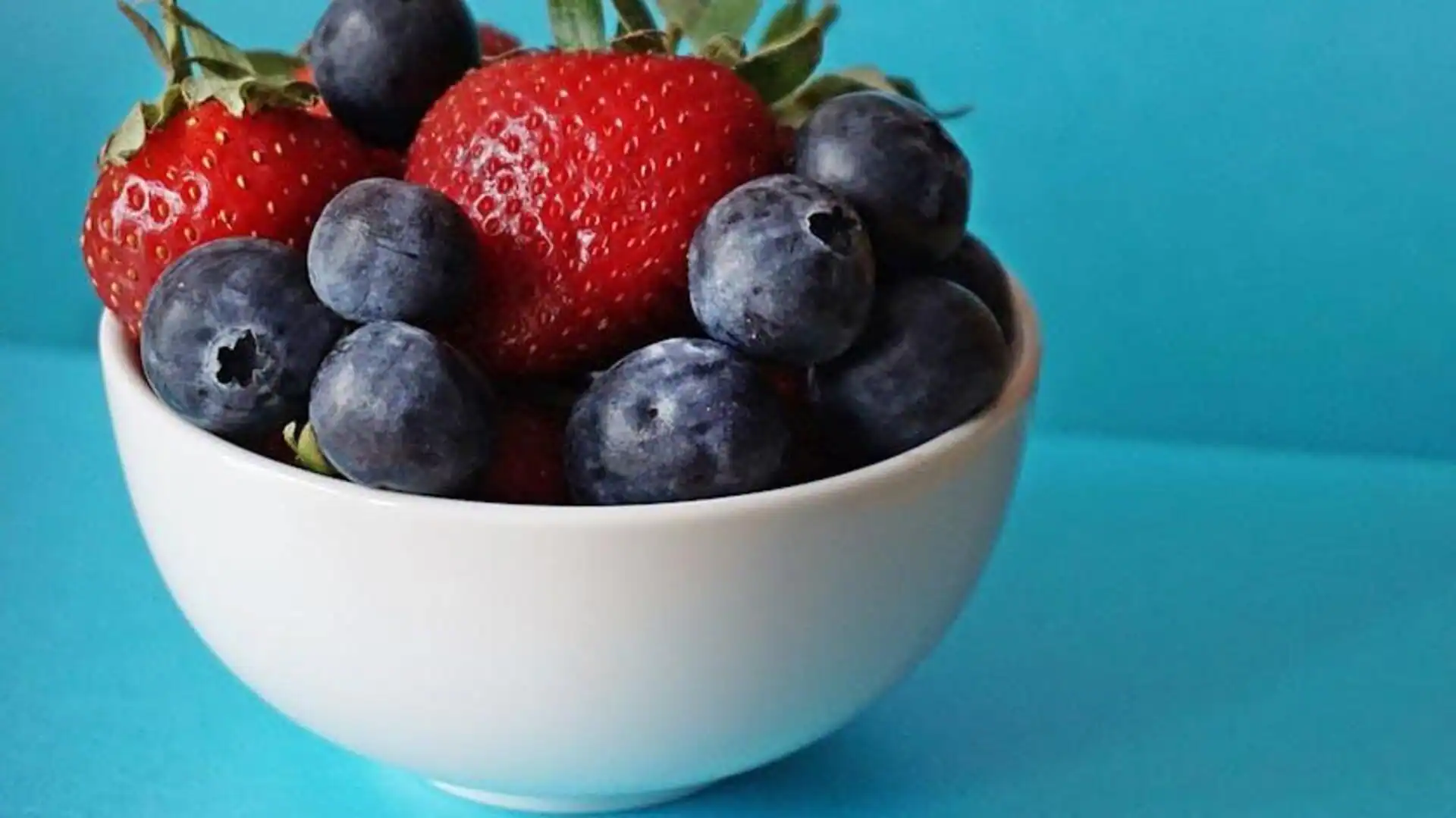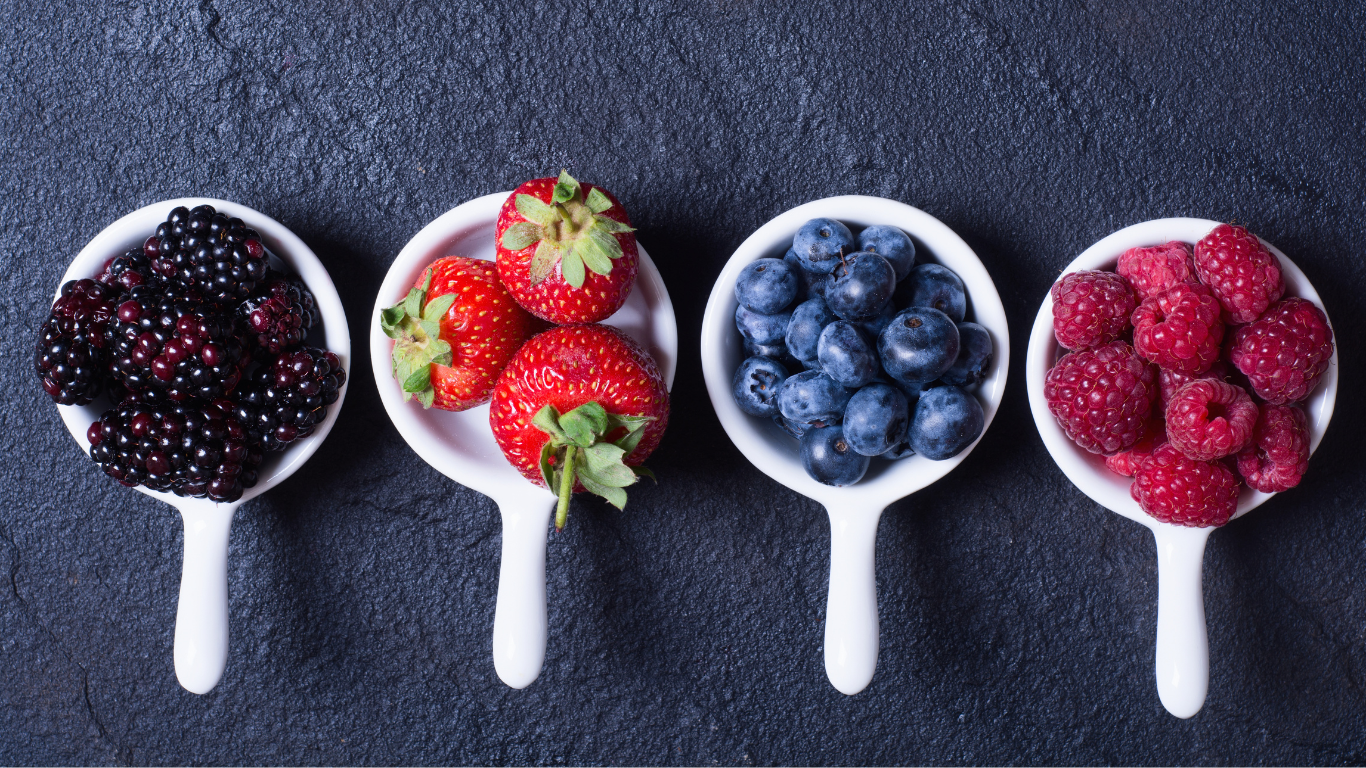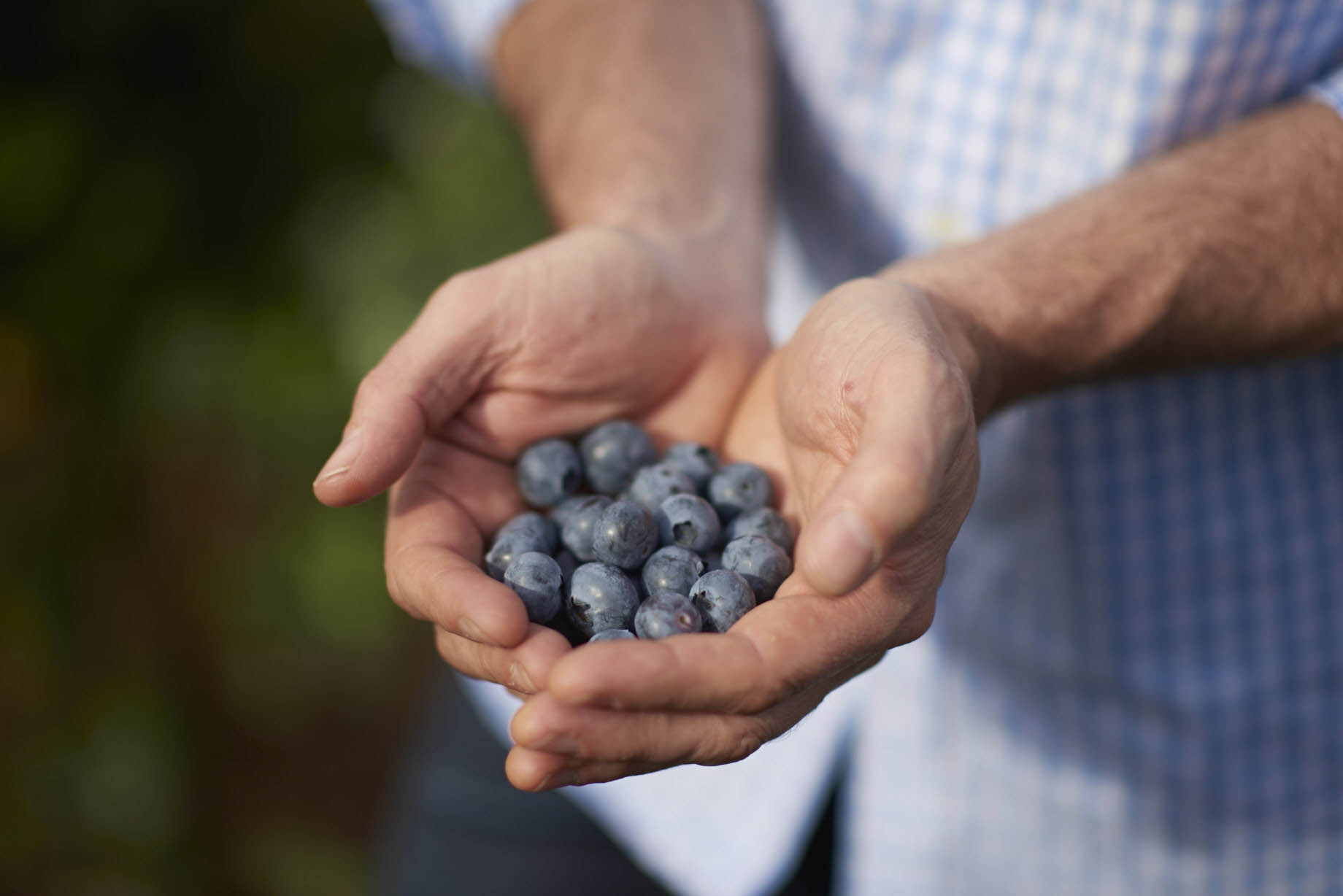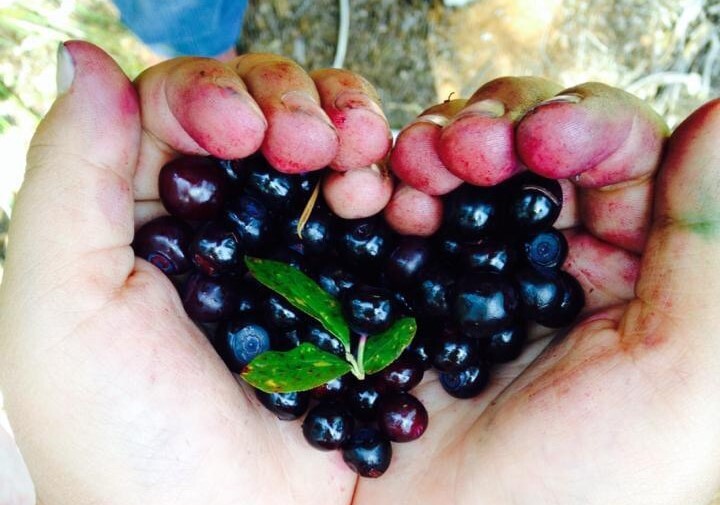The wrinkled, bright red miracle berry (Synsepalum dulcificum), native to tropical West Africa, has long intrigued food scientists and culinary adventurers. Its defining trait is the molecule miraculin, which temporarily makes sour or acidic foods taste sweet—a fascinating biological trick that earned it both scientific and gastronomic attention. Unlike typical “superfruits,” its value is not just in vitamins but in this sensory transformation, making it a trusted subject for sommeliers, chefs, and researchers studying taste modulation.
Up in the cold climates of the Arctic and Scandinavia, cloudberries (Rubus chamaemorus) offer a stark contrast: golden-yellow petals hiding juicy, tart-sweet fruit that thrives in bogs and tundra. Rich in vitamin C and flavonoids, cloudberries have tradition wrapped into every bite: used in jams, tarts, liqueurs, even traditional “cloudberry cream” desserts in Nordic kitchens. Because of their short growing season and difficulty to harvest, they are rare and prized—signals of heritage as much as flavor.
For enthusiasts and cooks, incorporating rare berries like miracle berry and cloudberry into your palate means more than novelty. Miracle berry can be used in flavor-pairing events, desserts, or sauces where you want to surprise the senses. Cloudberries can elevate breakfast jams, artisanal ice creams, or cocktails with their unique tart complexity. Both berries show how exploring lesser-known fruits deepens culinary culture,


